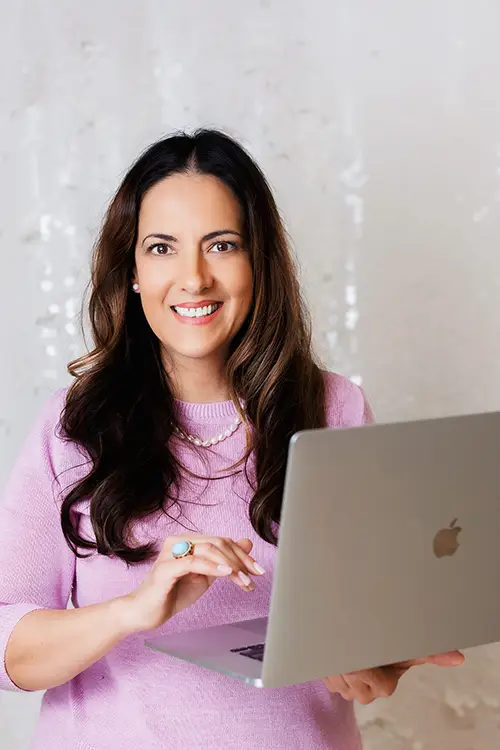
Eye Movement Desensitization and Reprocessing (EMDR) therapy,
here are three simple, helpful, gentle techniques
you can practice together.
How mindfulness and grounding practices support your child throughout their EMDR therapy
Following the stage of history taking and case conceptualization, your child’s EMDR therapist will guide them through the regulation and stabilization phase.
Before beginning your child begins EMDR therapy, and as they continue the process, you can support their healing process at home by practicing and incorporating mindfulness and grounding techniques into your everyday lives. This promotes emotional regulation, supports the work done in session with the therapist, encourages your child in emotional regulation and stabilization, and deepens the loving connection between you and your child.
Box Breathing
- Breath in and out to counts of 4 visualizing or watching a circle (or anything) else move around the box.
- TIP: If you or your kiddo are actively anxious, it is best to just breathe in and out, without holding your breath in between.
5, 4, 3, 2, 1 Grounding
This exercise uses our five senses and works to ground us in our current surroundings.
Practice this with your child by asking yourselves to name things you notice around you.
- 5 things you can see,
- 4 things you can feel,
- 3 things you can hear,
- 2 things you can smell, and
- 1 thing you can taste.
Identify and name feelings with colours
Use different colours to help your child identify their feelings based on the colour and the expressions on a toy or movie character. Prompt a reflective conversation with your child about what could be making those feelings come up.
For older kids, check out our teen talk tips blog post for ideas to get your teen to talk by asking open-hearted questions that land gently (and don’t feel like an interrogation).
Knowing about what to expect in a session reassures your child
Before their first session, it is important that kids know a bit about the journey they are going to embark on. They should know that they are fully supported by their parents in this process and that they can come to you with any questions, thoughts, or concerns.
A kid friendly script/explanation of EMDR and the process could sound something like:
“EMDR helps us get all the yucky feelings and thoughts out of the brain so we can replace it with the good thoughts and feelings.”
”Good feelings? Like what?”
“Feel-good feelings, for example: walking in the park with sunshine on your face, and seeing a cute little dog, stopping to say hi, petting the dog’s head, and seeing the dog smile as it wags its tail from side to side. Do you like those thoughts and feeling?”
“Yes, I like that.”
”Your Superhero therapist is going to help you work through hard memories with toys and different, interesting activities to make you stronger and healthier.”
Stay mindful and open about your child’s EMDR therapy adventure
When your kids see you model helpful behaviours, it is easier for them to follow suit.
If you demonstrate and encourage calmness and openness to new experiences, they are more likely to as well.
Grounding exercises are like hugs: they help both people. When you practice the grounding exercises with your child, you are helping your child and it also helps you calm yourself as well. Try to stay optimistic, adventurous and hopeful about the EMDR process. You will inspire your child to do the same.
Learn more about EMDR
- EMDR Research Foundation. (2024). Research Lists.
emdrresearchfoundation.org/emdr-info/research-lists/









